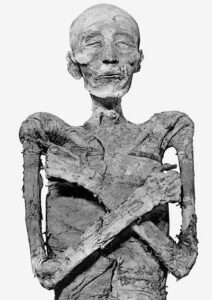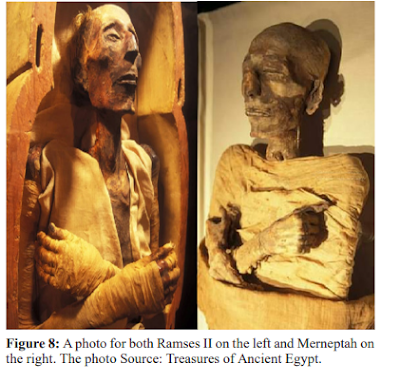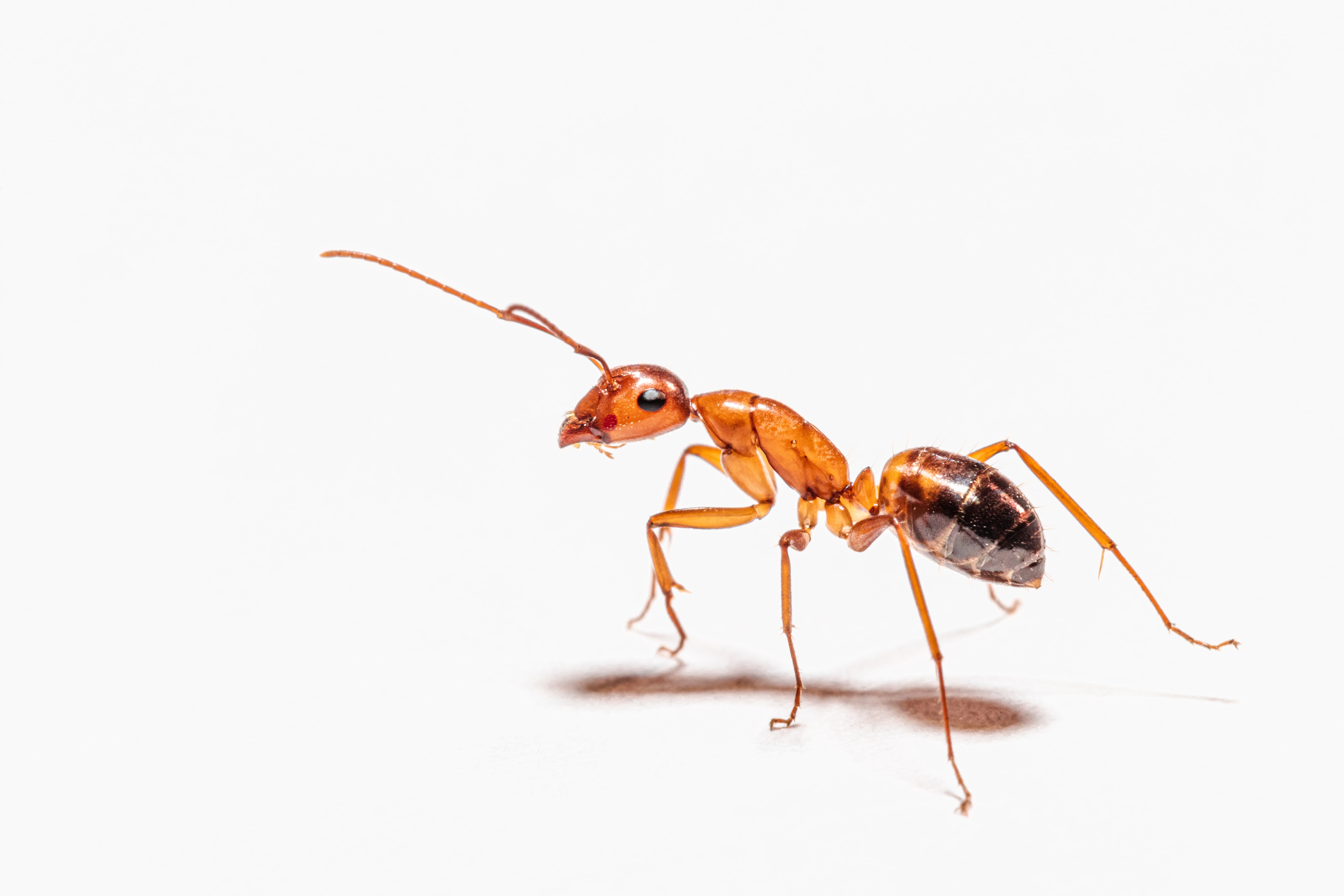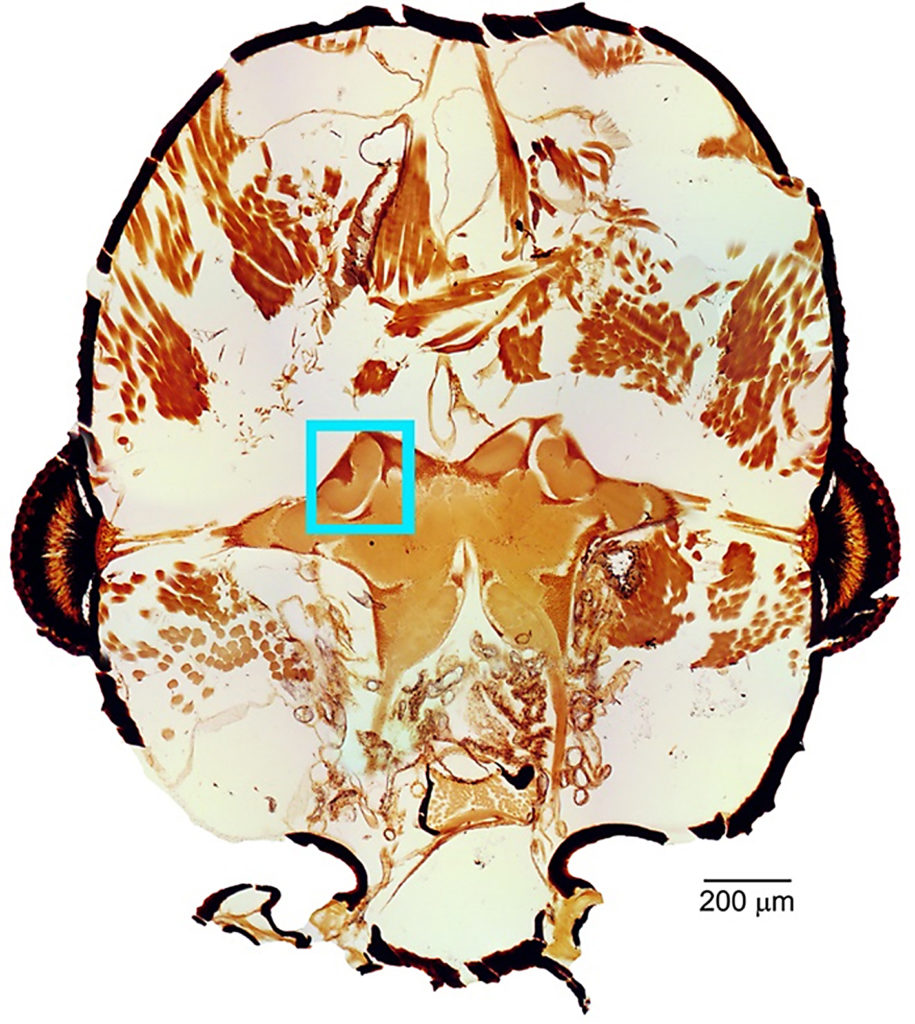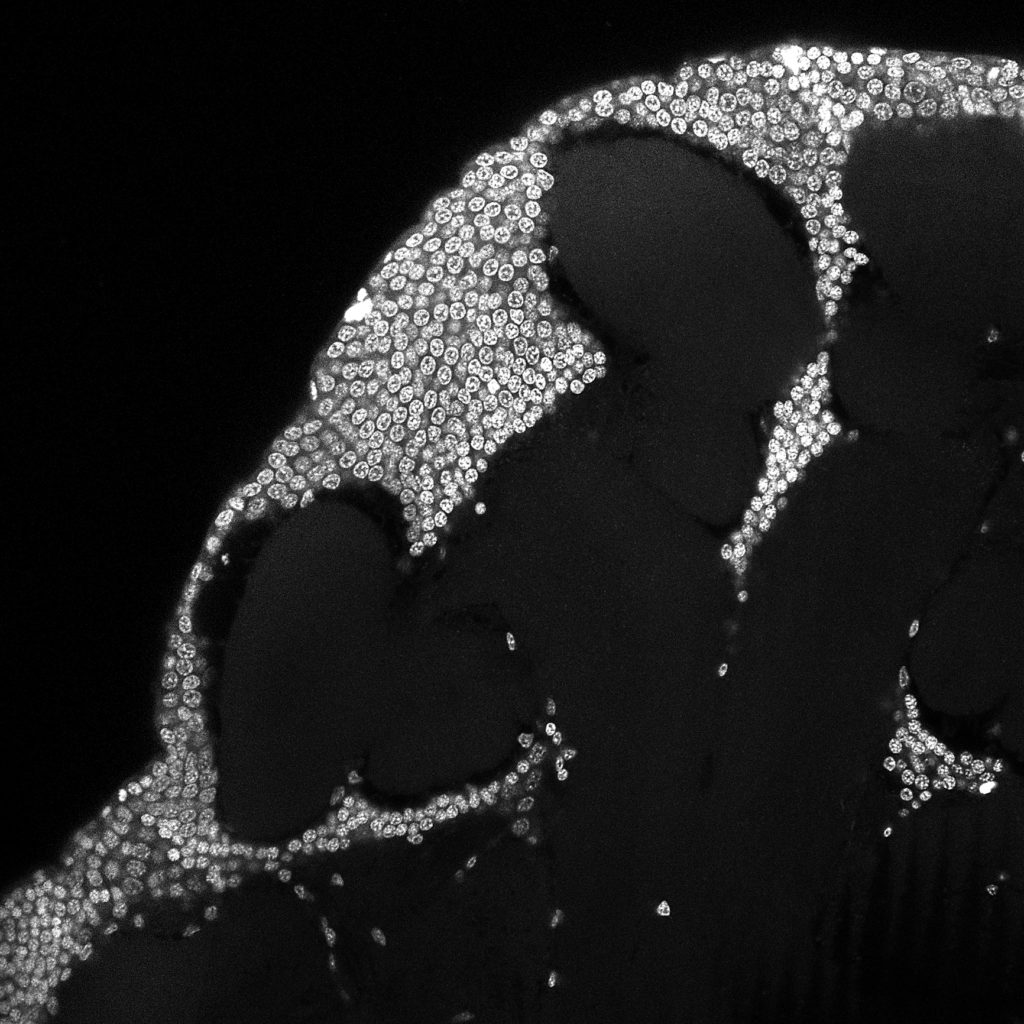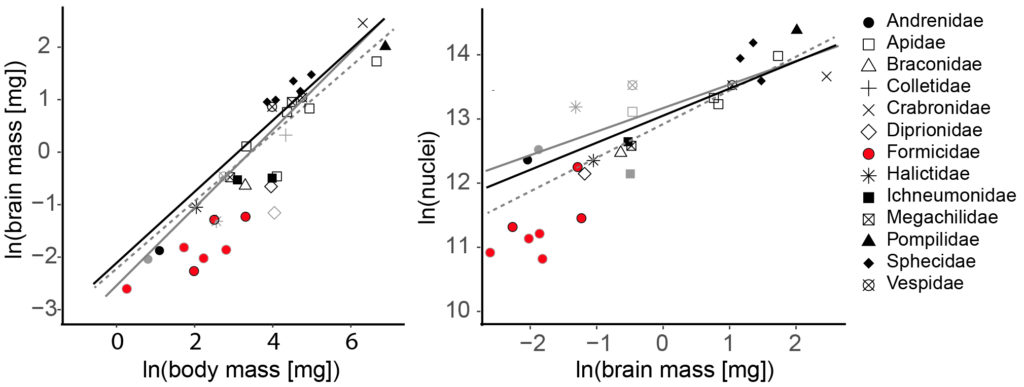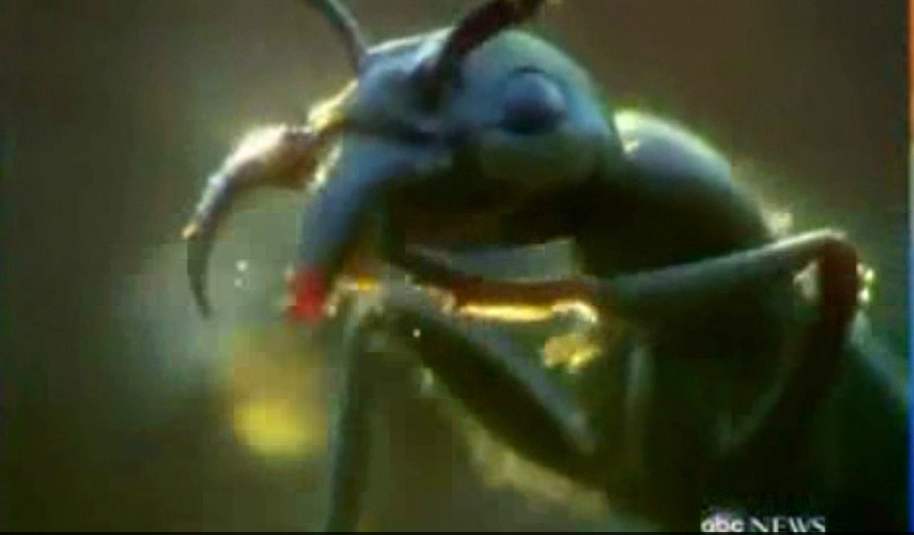According to the Quran, Prophet Solomon (pbuh) was able to listen to ants communicating with one another:
And gathered for Solomon were his soldiers of the jinn and men and birds, and they were [marching] in rows. Until, when they came upon the valley of the ants, an ant said, “O ants, enter your dwellings that you not be crushed by Solomon and his soldiers while they perceive not.” So [Solomon] smiled, amused at her speech, and said, “My Lord, enable me to be grateful for Your favor which You have bestowed upon me and upon my parents and to do righteousness of which You approve. And admit me by Your mercy into [the ranks of] Your righteous servants.” (27:17-19)
Some people bring up these verses to try and show the Quran is in error because ants don’t verbally communicate with one another.
Is there any error in these verses? Not unless you want to try and find an error, it is a fact that ants do in fact communicate with one another, which you can read about on the following links:
http://science.jrank.org/pages/450/Ants-Communication.html
http://whyzz.com/how-do-ants-communicate
https://suite.io/aimee-larsen-stoddard/3zde24d
Now obviously ants don’t communicate as we humans do, so how do we reconcile the Quranic verses with the way ants actually communicate? Well it’s very simple, when the Quran talks about Solomon being able to understand the ants, it obviously means he was able to understand their form of communication, it doesn’t mean that because he understood the ants communication that they were communicating as humans do, this is a deduction made by the person who wants to try and prove an error in the Quran.
Ants communicate, and Solomon was able to understand this communication between the ants, and this is exactly why he was smiling and thanking God afterwards, because he had been granted such a favor from God in being able to recognize the communication of the ants.
Interestingly enough according to the Quran the ants began communicating with each other as Solomon and his troops were entering their area, and it is a scientific fact that there are a group of ants responsible for patrolling the nest, with their job essentially being to protect the nest and check out for any danger, and so their job is to also communicate should there be any threat:
“In ant colonies, there are specific jobs that groups of ants perform. For instance, one group of ants forages for food, another group patrols around the nest, while a third group takes care of the inside of the nest.” (https://suite.io/aimee-larsen-stoddard/3zde24d)
Now onto another point which is the use of language, and here is an example of that with the Quran saying the ants talked or the ants said, the Quran is simply describing it in a way that we as humans would understand, and to also make it sound nicer. For example if the Quran gave the exact details of how ants actually communicate, with their touching and smelling, it loses it’s literary appeal and style.
Interestingly enough in one of the sources we mentioned, the scientists that talk about how ants communicate, mention how ants ‘talk’ with one another, but we all understand that the ants aren’t actually ‘talking’ to each other as we understand, the author is just utilizing the language and word here in a way we understand and comprehend. The very same with the Quran, it is describing the communication of the ants in a way we understand and comprehend without having to get into all the technical details.
What is interesting is that often times it is Christian apologists who bring up these verses to try and disprove the Quran, and for them there is another very simple response without having to mention all of the above we have written. It’s simple, perhaps God decided to allow the ants to actually communicate and talk with each other as we humans do, and did this just for Solomon. Christian apologists do believe in the supernatural and miraculous after all don’t they? So what would be the problem with God doing this for Solomon? He could have easily done that for Solomon, making the ants communicate in a verbal way using speech as humans do, and this would be done as a major blessing and favor to Solomon, and a sign for others for God’s power and what he can do if he so pleases.
In conclusion, the Quran is not in error when it mentions how ants communicated with one another warning each other of Solomon’s troops, it is a scientific fact that ants do indeed ‘talk’ with another through their own modes of communication, and it is a further scientific fact that there are a group of ants that are in charge of patrolling the nests and communicating with other ants lest the nest is in danger or impending danger. All in all these verses are a great proof of how the Quran is in line with science, because 1400 years ago it was telling the people that ants do indeed communicate with another, and thanks to in-depth scientific studies on the issue this has been shown to be correct.
